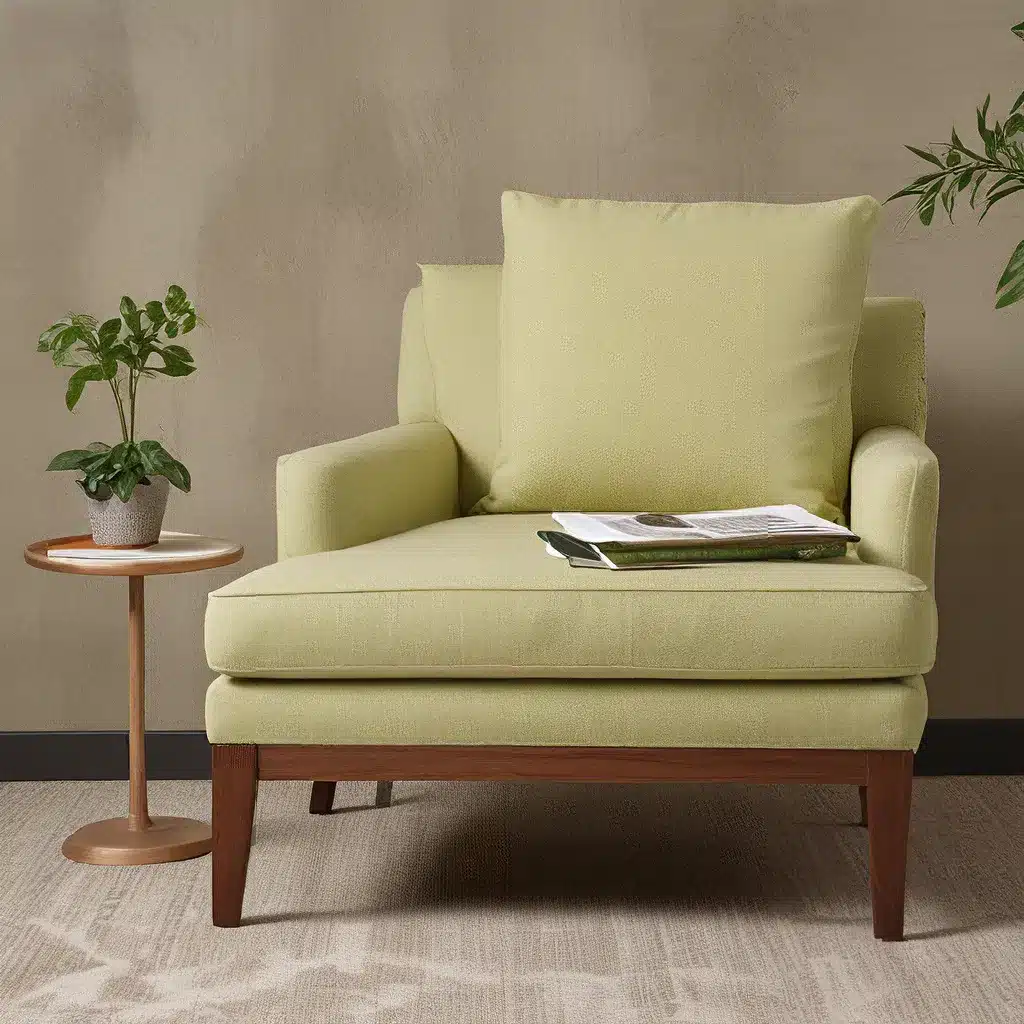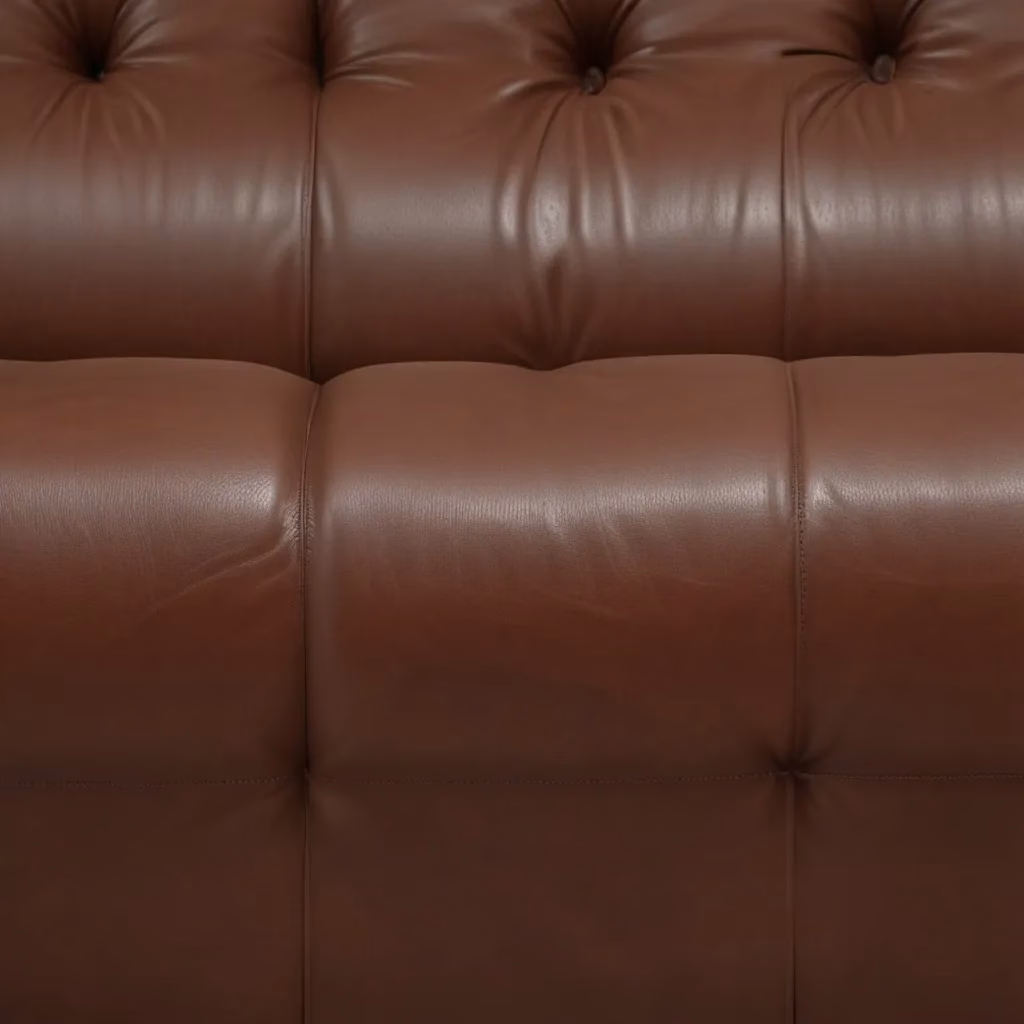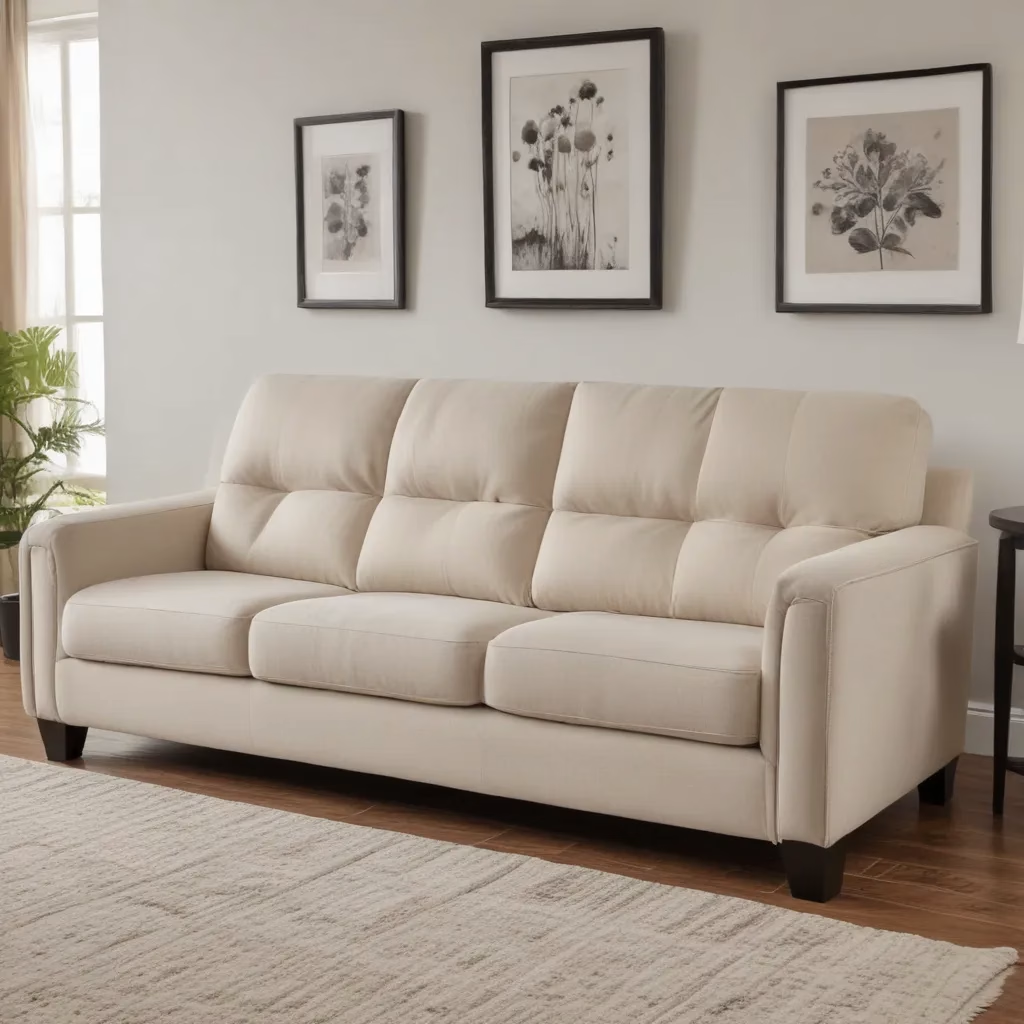
The Rise of Conscious Consumerism
As a self-proclaimed eco-warrior, I’ve always been passionate about making sustainable choices in my life. And when it came time to furnish my new apartment, I knew I couldn’t just settle for the cheap, mass-produced furniture that’s so prevalent these days. I wanted to invest in pieces that would not only look great, but also align with my values of environmental responsibility and ethical production.
Turns out, I’m not alone in this mindset. Sustainable consumerism is on the rise, with more and more people seeking out furniture and home decor options that are kinder to the planet. It’s a trend that’s been gaining momentum for years, and shows no signs of slowing down anytime soon.
According to design experts, eco-friendly materials and sustainable manufacturing processes are at the forefront of furniture trends for 2024 and beyond. Consumers want to know that the pieces they’re bringing into their homes were produced responsibly, without harming the environment or exploiting workers.
The Environmental Impact of Traditional Furniture
But what exactly makes furniture unsustainable in the first place? It all comes down to the materials and methods used in its production.
Much of the furniture we find in big box stores is made from cheap, synthetic materials like particleboard, plastic, and petroleum-based foams. These materials not only have a high environmental cost in terms of extraction and processing, but they also often release harmful chemicals into the air through a process called off-gassing.
Many fast furniture pieces are also mass-produced in factories with little regard for the well-being of workers or the impact on local ecosystems. Entire forests have been clear-cut to feed the demand for cheap, disposable furniture that’s designed to last only a few years.
And let’s not forget about the sheer amount of waste generated by this linear model of production and consumption. When that cheap sofa or wobbly coffee table finally bites the dust, it often ends up in a landfill, contributing to the ever-growing piles of furniture-related waste.
Redefining Luxury with Sustainable Furniture
But there’s good news: the tide is turning. Consumers are becoming more conscious of the environmental and social impact of their purchasing decisions, and they’re demanding better options. Sustainable furniture is emerging as a true luxury – not just in terms of quality and craftsmanship, but in its commitment to protecting the planet.
Sofa Spectacular, for example, has made it their mission to provide custom-made, eco-friendly furniture that’s built to last. Their pieces are crafted using responsibly sourced, renewable materials like organic cotton, linen, and natural latex. And they work with skilled artisans and small workshops to ensure fair wages and safe working conditions.
It’s a far cry from the cheap, mass-produced stuff that dominates the furniture market. But as more people wake up to the importance of sustainable living, the demand for this type of high-quality, earth-friendly furniture is only going to grow.
Exploring Eco-Friendly Fabric Options
So, what exactly should you be looking for when shopping for sustainable furniture? One of the most important factors is the fabric.
Traditional upholstery fabrics are often made from synthetic fibers like polyester or nylon, which come with their own environmental baggage. But there are plenty of natural, eco-friendly alternatives that are just as stylish and comfortable.
Organic cotton, for example, is a great choice. It’s soft, durable, and grown without the use of harmful pesticides or chemicals. Linen, another natural fiber, is breathable, hypoallergenic, and biodegrades easily at the end of its life cycle.
Hemp is another sustainable fabric that’s been gaining popularity in recent years. It’s incredibly strong and durable, with a luxurious, suede-like texture. And recycled polyester is a good option for those who want the durability of synthetic fibers, but with a lower environmental impact.
Of course, it’s not just about the fabric itself – you also want to make sure that the upholstery is produced in an ethical, responsible manner. Look for furniture made with OEKO-TEX or GOTS-certified fabrics, which guarantee that no harmful chemicals were used in the manufacturing process.
Customizing for a Perfect Fit
One of the best things about investing in sustainable furniture is the ability to customize it to your exact needs and preferences. No more settling for a generic, one-size-fits-all sofa or armchair.
At Sofa Spectacular, for example, you can choose from a wide range of eco-friendly fabrics, finishes, and silhouettes to create a truly unique piece that fits your space and your style. Maybe you’re after a plush, linen-upholstered sectional for your living room, or a cozy organic cotton armchair for your home office. Whatever your vision, the custom furniture experts can help make it a reality.
And the best part? You’re not just getting a beautiful piece of furniture – you’re investing in a sustainable future. By choosing brands that prioritize environmental responsibility and ethical production, you’re voting with your dollars for a cleaner, greener tomorrow.
Longevity and Repairability
Of course, sustainability isn’t just about the materials used – it’s also about longevity and repairability. After all, what’s the point of buying an eco-friendly sofa if it’s going to fall apart in a few years?
That’s why many sustainable furniture brands focus on high-quality craftsmanship and durable construction. Their pieces are built to last, with reinforced frames, premium fillings, and carefully selected hardware. And when something does eventually wear out, many offer repair services or even take-back programs to ensure the materials can be responsibly recycled or repurposed.
It’s a refreshing change from the planned obsolescence that’s so prevalent in the furniture industry. Instead of churning out cheap, disposable pieces, these brands are committed to creating heirloom-quality furniture that can be passed down for generations.
The True Cost of Cheap Furniture
Of course, all of this comes at a higher price point than your typical big box store finds. But when you factor in the long-term durability and environmental impact of sustainable furniture, the cost difference starts to feel like a worthwhile investment.
Think about it this way: that cheap, flimsy sofa from the bargain retailer may have cost you a few hundred dollars upfront. But over the course of its relatively short lifespan, you’ll likely end up replacing it multiple times – and each time, you’re contributing to the mountains of furniture waste that end up in landfills.
On the other hand, a high-quality, sustainably-made sofa from a brand like Sofa Spectacular may cost a bit more initially. But it will last for decades, saving you money in the long run. And you can take comfort in the knowledge that your purchase is supporting a more environmentally-responsible and socially-conscious business model.
The Future of Furniture is Sustainable
As I sit here in my newly furnished living room, surrounded by custom-made, eco-friendly pieces, I can’t help but feel a sense of pride and accomplishment. I didn’t just buy a bunch of furniture – I invested in a sustainable future.
And I’m not alone. Sustainable consumerism is on the rise, and the furniture industry is taking notice. Brands that prioritize environmental responsibility and ethical production are quickly becoming the new gold standard. Cheap, mass-produced furniture is becoming a thing of the past, replaced by high-quality, customizable pieces that are built to last.
So, if you’re in the market for new furniture, I encourage you to explore the world of sustainable options. It may cost a bit more upfront, but the long-term benefits – for your home, your wallet, and the planet – are well worth it. The future of furniture is sustainable, and I, for one, can’t wait to see what’s in store.



